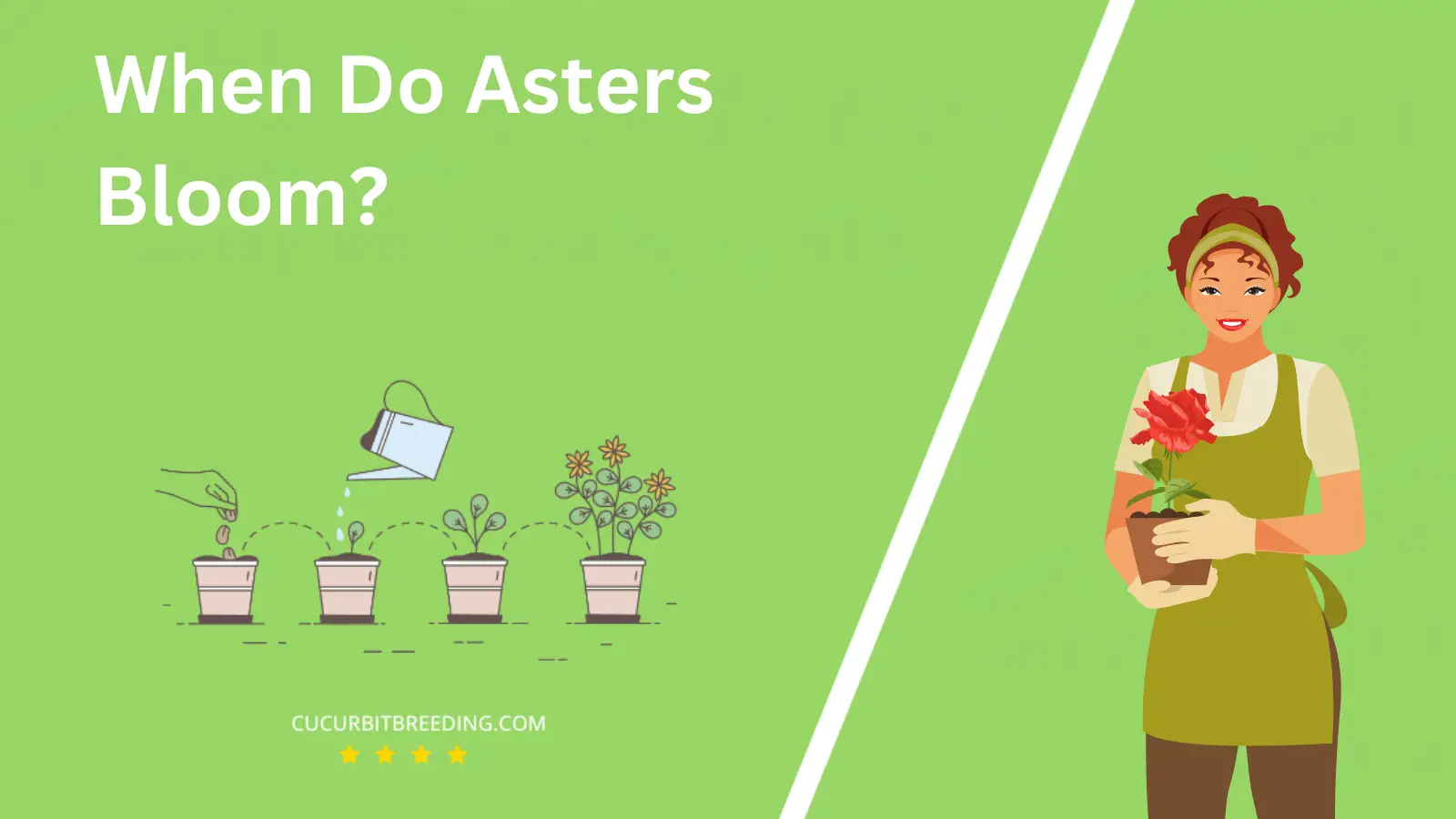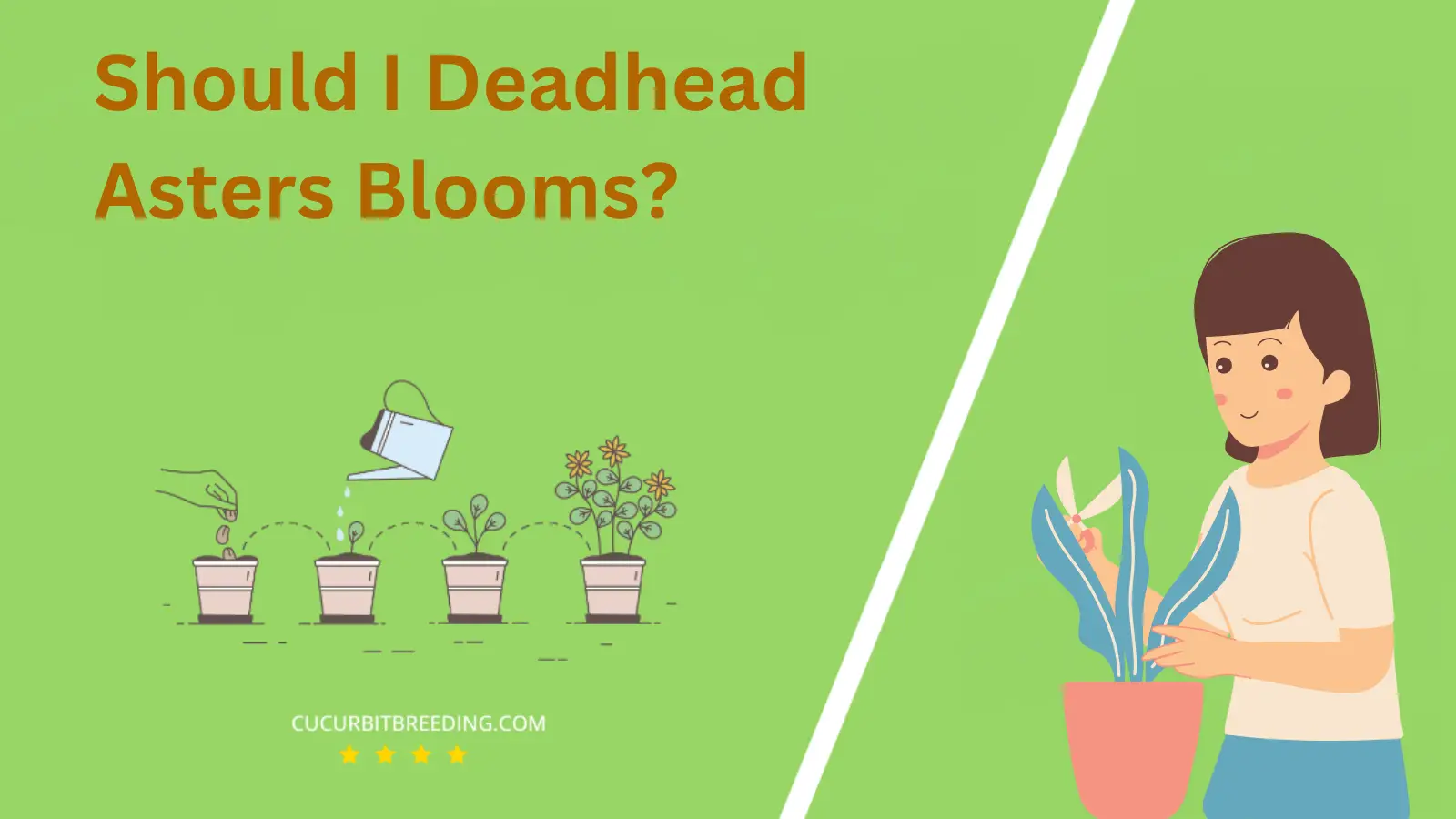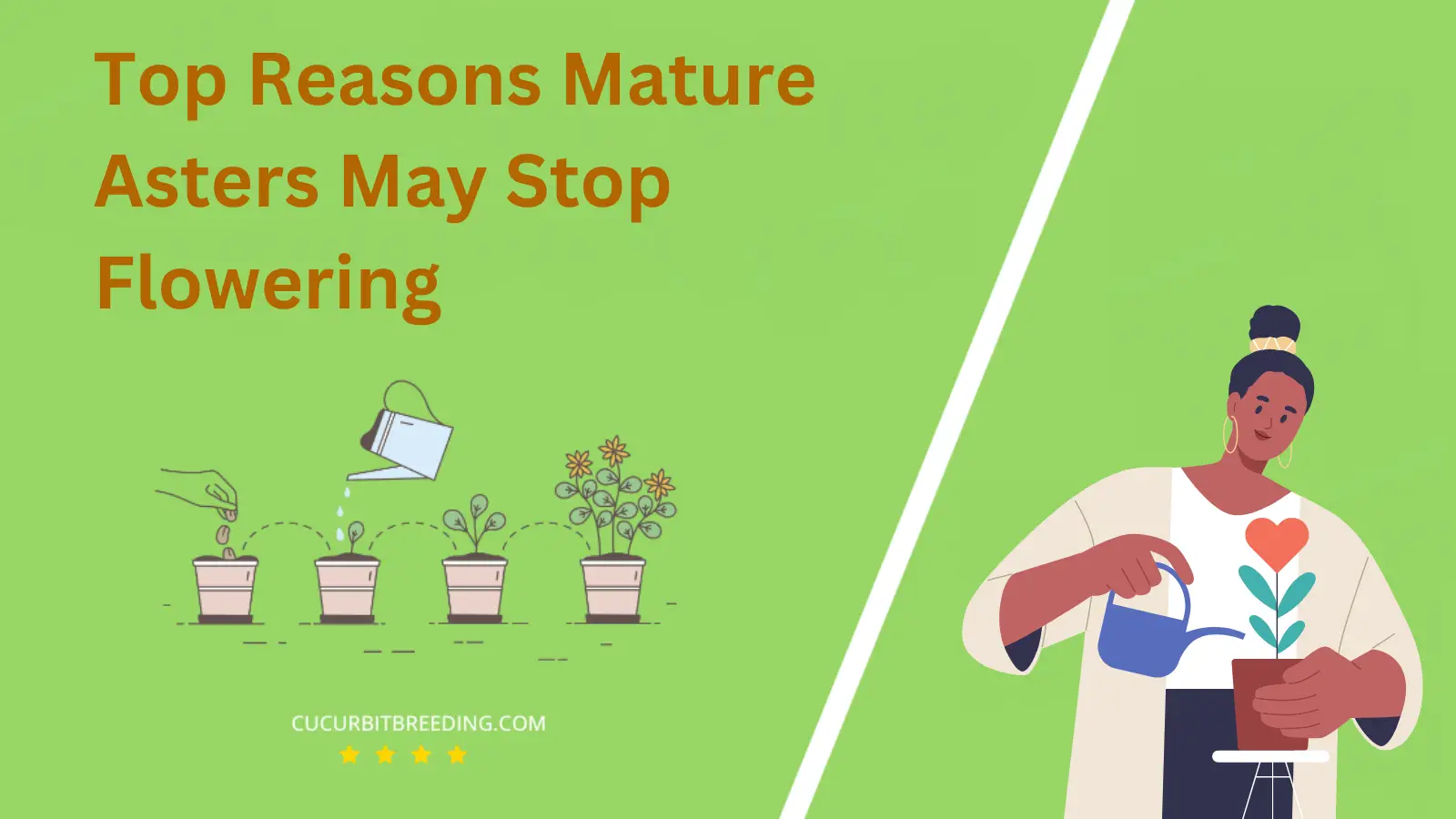
Ever wondered, when do asters bloom? These vibrant, eye-catching flowers bring a splash of color to any garden, but their blooming period might not be the same as other plants.
Understanding the aster’s unique life cycle is crucial in cultivating a flourishing garden. Dive in as we explore the blooming period of these beautiful perennials.
When Do Asters Bloom?
Asters typically begin to bloom in late summer and continue into the fall, often until the first frost. Their blooming period can vary depending on their specific type and local climate conditions. Some species may start flowering as early as July, while others might not bloom until September or October. Regardless of when they start, asters usually remain in bloom for several weeks, providing a vibrant splash of color when many other plants have stopped flowering.
The peak blooming period for most asters is generally in September and October.
| Stage | Description |
|---|---|
| Germination | Spring (March-May) |
| Growth | Summer (June, July, August) |
| Blooming | Late summer to fall (August to October) |
| Dormancy | Winter (December – February) |
How Long Do Asters Bloom?
Asters typically bloom from late summer and can continue their display of vibrant colors until the frosty periods of late fall. The blooming period typically extends from 6 to 8 weeks.
How Light Affects Asters Blooms?
Light plays a crucial role in the blooming of Asters. Asters require full sunlight to bloom optimally. This means they should be exposed to at least 6 hours of direct sunlight each day. Adequate light exposure encourages dense growth and abundant flowering. Lack of sufficient light may lead to sparse blooms and a leggy, weak plant. In contrast, excessive light, especially in hot, dry climates, can cause wilting or sunburn. Therefore, while light is essential, it’s important that Asters get the right amount of light to ensure healthy growth and vibrant blooms.
Will Asters Bloom the First Year You Plant Them?
Yes, asters will bloom in the first year they are planted. The blooming period usually occurs in late summer or fall, depending on the type of aster and the climate in which they are grown. However, the health and size of the blooms are greatly enhanced in the following years after planting.
Will Asters Bloom Every Year?
Yes, Asters do bloom every year. They are perennial plants, meaning they have a lifespan of more than two years. This allows them to bloom annually, usually in late summer or fall. However, their blooming is dependent on the care they receive and the conditions they grow in.

Should I Deadhead Asters Blooms?
Yes, you should deadhead Asters blooms. Deadheading is the practice of removing spent flowers from a plant. It serves to encourage more blooms and to prevent the plant from putting energy into seed production. For Asters, this process not only promotes longer blooming but also helps maintain the plant’s overall health and appearance.
Top Reasons Mature Asters May Stop Flowering

Mature asters may stop flowering due to a number of reasons. Insufficient sunlight is a common cause, as asters generally need at least six hours of direct sunlight each day. If they are planted in a location that becomes shaded, they may stop blooming.
Another reason could be poor soil conditions. Asters prefer well-drained soil, and if the ground becomes too waterlogged, it can hinder flower production. Similarly, if the soil lacks key nutrients necessary for plant growth, such as nitrogen, phosphorus, and potassium, this can also affect blooming.
Finally, improper pruning can lead to a decrease in flowering. Pruning should be done in early spring to encourage new growth and flower production. If pruning is done too late in the season or not at all, it could result in fewer flowers.